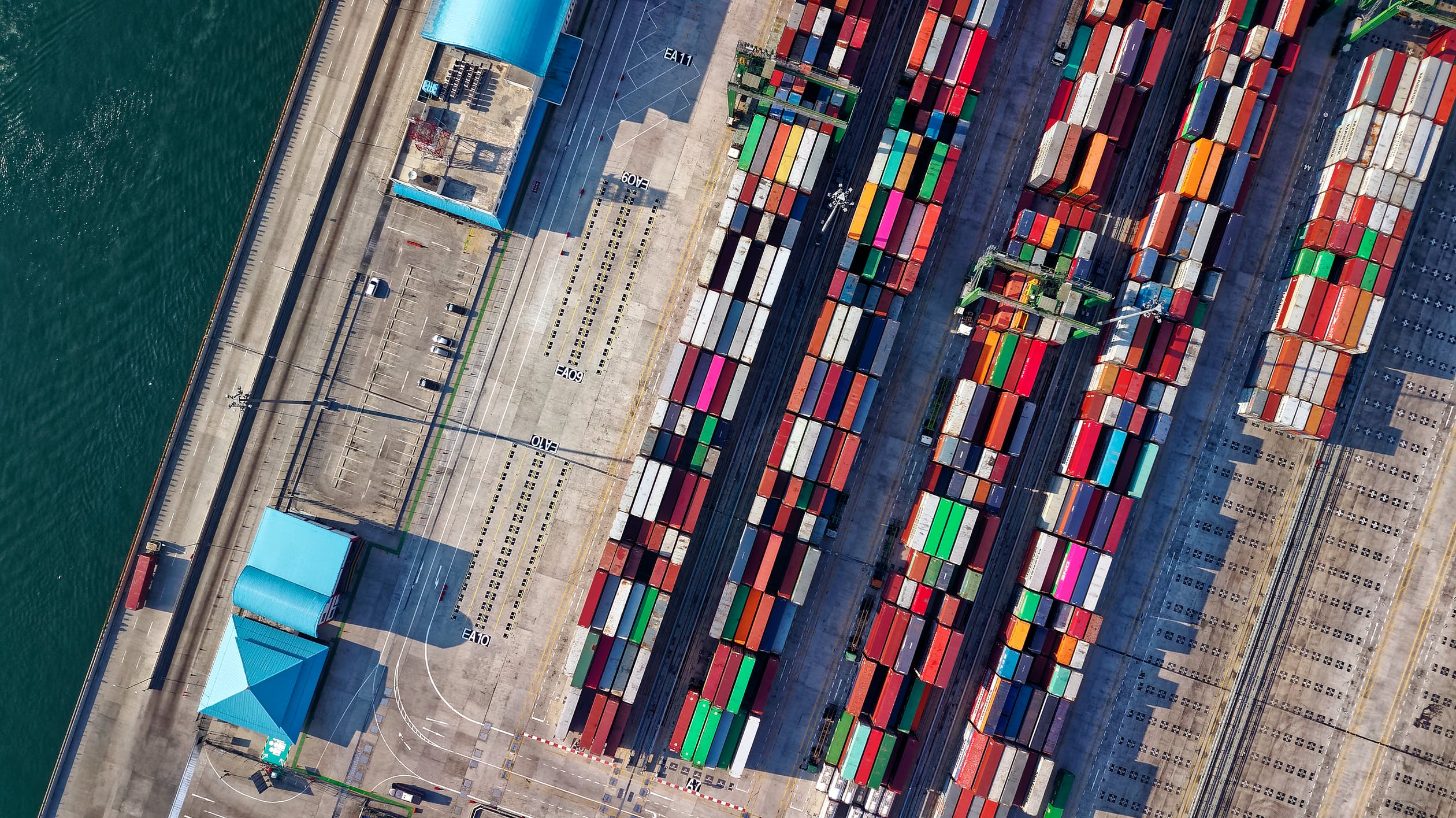Comments (2)
Clive Wilkinson
I believe that when your work with several outsourcing firms, you have to be careful of the quality of the end product.
Sam Jones
Outsourcing saves a lot of pennies

After striving to survive roughly six months of COVID-19, many business leaders are finally starting to shift their focus from enduring the present to planning for the future.

Severe business restrictions during the height of the pandemic have demonstrated beyond doubt that businesses benefit from a strong online presence, and many businesses have already begun investing more robustly in ecommerce. However, hand-in-hand with online retail is the issue of supplier infrastructure — where are businesses going to source top-quality products while keeping costs low?
Sourcing is a complex issue even outside of a pandemic, and considering that business leaders can’t predict with certainty when the threat of coronavirus will end or how existing global markets will change, developing a sourcing strategy for the future is part-science, part-art. Here’s a look at some of the current and future issues surrounding product sourcing.
At the very beginning of the coronavirus pandemic, in February and March of 2020, COVID-19 had yet to seriously seep into Western countries but was flourishing throughout the East and Southeast. In commendable attempts to curb the virus’s spread, countries throughout Asia rapidly shut down all but the most essential operations, with the result that manufacturing of many goods destined for the West was no longer available.
This became an immediate and serious concern when Western medical centers rapidly ran out of essential products, like masks, gloves and gowns as well as medical equipment like ventilators. Consumer buying habits dramatically shifted, prioritizing personal hygiene products like hand soap, hand sanitizer, disinfectant wipes and the like, and they have yet to swing back. Non-essential items also became scarce, and consumers rapidly became disgruntled with rampant lack of availability of goods they needed and wanted.
As manufacturing has slowly reopened in the East thanks to effective efforts to reduce infection rates, some businesses are regaining access to products — but others are not. It seems that developing and maintaining strong relationships with suppliers has been a major boon for some businesses, who have been granted priority amongst the few manufacturing facilities in operation. Additionally, diversification has been key to sourcing during the COVID crisis; businesses that rely on more than one factory for goods have been able to continue supply of different items through time, continuing their contact with consumers.

While developing stronger relationships and diversifying suppliers are strong tactics now, businesses still need to look to the future. As the threat of COVID wanes, is sourcing likely to return to pre-COVID opportunity — or must businesses withstand more change to traditional structures? In fact, these broad concerns can be addressed more easily by breaking them down into specific issues:
What global markets will be available? Famously, South Korea, Taiwan, Vietnam and other Asian countries implemented impeccable efforts to curb coronavirus; meanwhile, many American states have reverted to lockdowns, and much of Europe remains relatively closed. Businesses need to consider which markets they rely on, for sourcing or selling, and how their continued closure could impact regional economies or impair otherwise impair international business.
What products will be popular? As mentioned above, hygiene products continue to surge, as do home office supplies, home fitness equipment, hobby supplies and other goods for keeping people safe and busy at home — but once COVID is controlled or cured, it is uncertain whether global populations will continue to demand these products so fervently. It is possible that employers will continue to urge employees to work from home, revolutionizing business environments; it is also possible that consumers become accustomed to being social outside of bars, restaurants and other service spaces. Businesses should consider the worst case for their industry post-COVID and start taking steps to mitigate possible damage, perhaps through strategic sourcing.
What social issues will be impactful? COVID-19 has disrupted more than sourcing. Consumers around the world are suffering due to inability to work and economic decline. Additionally, other social issues have emerged in the midst of the pandemic, especially systemic racial inequality, which has brought consumer attention to business practices, to include sourcing from developing nations. Businesses with progressive brand values might need to pivot their sourcing strategy to accommodate shifting social attitudes during and after the pandemic.
No business leader can predict the future with total accuracy, but business leaders hoping to survive the pandemic with thriving organizations certainly need to try. Sourcing has long been a headache for businesses, and the struggles of sourcing will only continue into the future. By researching diligently and making educated projections, businesses can position themselves well for the unknown future.
I believe that when your work with several outsourcing firms, you have to be careful of the quality of the end product.
Outsourcing saves a lot of pennies
Leave your comments
Post comment as a guest